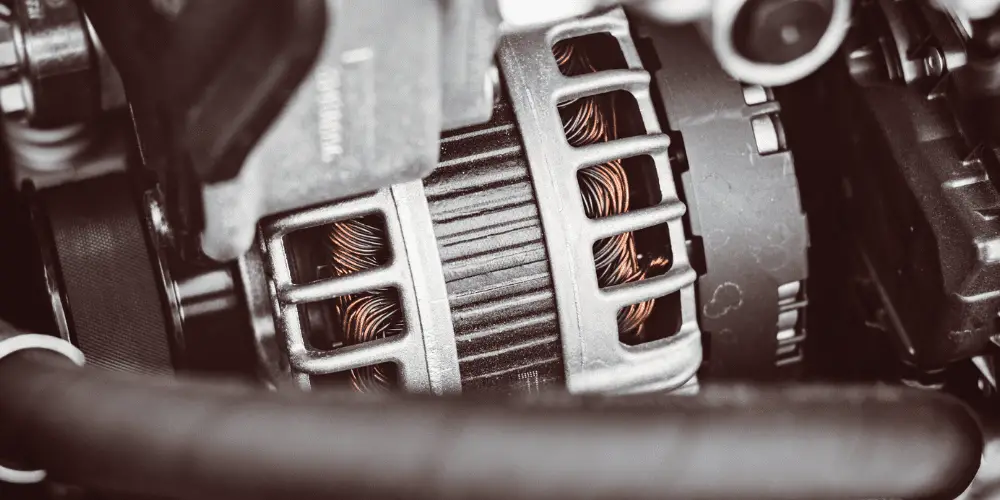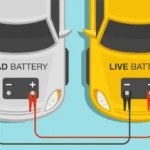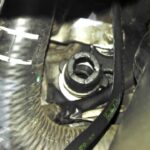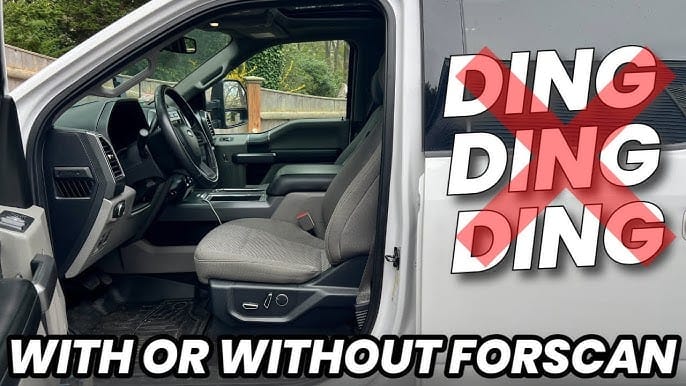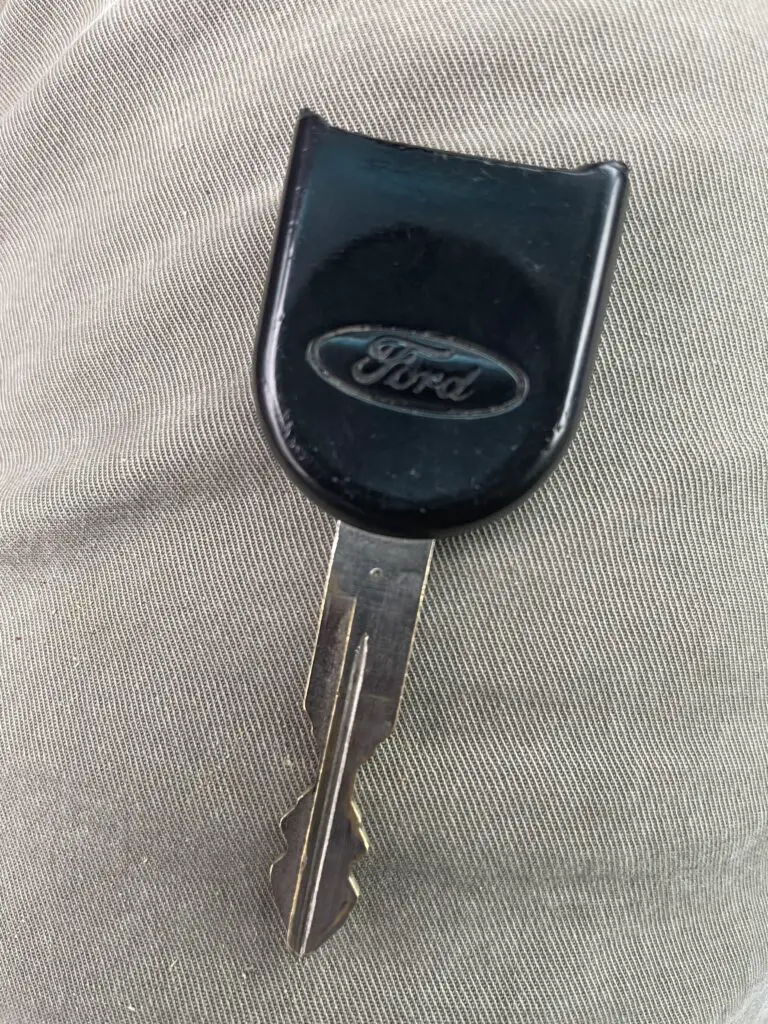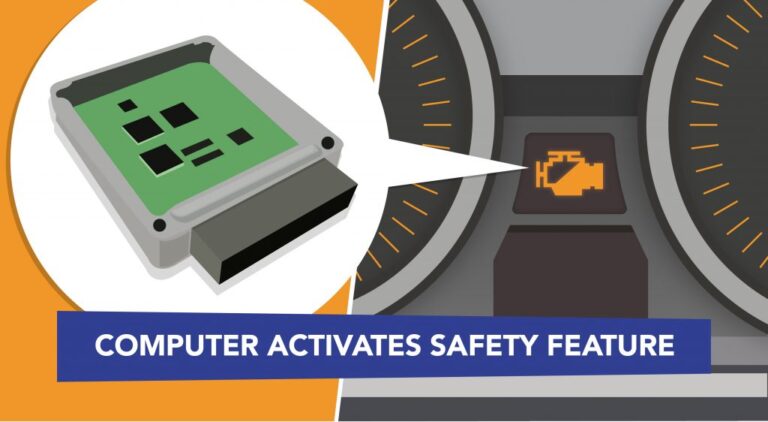How Far Can You Drive Without An Alternator
You can drive for a limited distance without an alternator, typically ranging from 15 to 150 miles, depending on factors like battery health, electrical load, vehicle type, and driving conditions.
When it comes to the intricate dance of parts that keep your car moving, the alternator plays a crucial role. This unassuming device is responsible for keeping your vehicle’s electrical systems powered while charging the battery.
However, like all parts of a machine, alternators can fail. So, what happens when your alternator gives up the ghost in the middle of a drive? How far can you drive without an alternator, and what should you do when it happens? In this comprehensive guide, we’ll explore the ins and outs of alternator function, the signs of failure, and what to do if you find yourself in this predicament.
The Basics of an Alternator
Before we delve into the specifics of driving without an alternator, let’s start with the basics. An alternator is a crucial component of your vehicle’s electrical system. Its primary function is to generate electrical power to charge the battery and supply electricity to various electrical components while the engine is running. Essentially, it keeps your car’s battery topped up and ensures that everything from your headlights to your power windows works as expected.
An alternator consists of several key components, including a rotor, stator, diode rectifier, and voltage regulator. Together, these components work in harmony to produce electrical current when the engine is running. This current is then converted to direct current (DC) and sent to the battery for storage and to power the vehicle’s electrical systems.
Signs of Alternator Failure
Now that we understand the essential role of the alternator let’s look at how you can tell when it’s on the brink of failure. Recognizing these warning signs can save you from a sudden breakdown on the road and help you plan your next steps.
Dimming Lights
One of the earliest signs of alternator trouble is dimming headlights and interior lights. If you notice your lights becoming noticeably less bright while driving, it’s a clear indicator that your alternator may not be charging the battery properly.
Warning Light on the Dashboard
Modern vehicles are equipped with warning lights on the dashboard, and one of them is usually dedicated to the battery or charging system. If you see this light illuminated, it’s a surefire sign that something is amiss with your alternator or battery.
Strange Noises
A failing alternator can produce unusual noises, such as grinding or whining sounds. These noises may indicate that internal components are wearing out or becoming damaged.
Electrical System Malfunctions
As the alternator’s output decreases, you may experience issues with various electrical systems in your vehicle. This could include problems with power windows, the radio, air conditioning, or even stalling of the engine.

Factors Affecting How Far You Can Drive Without an Alternator
Now that you can identify the signs of alternator trouble, let’s address the question of how far you can drive when your alternator isn’t functioning correctly. The answer depends on several factors.
1. Battery Health and Capacity
The health and capacity of your vehicle’s battery play a significant role in determining how far you can go without an alternator. A new, fully charged battery can keep your vehicle running longer than an old, partially charged one. However, even the best battery has limits.
2. Electrical System Load
The electrical load on your vehicle is another crucial factor. If you have many electrical accessories running, such as air conditioning, headlights, and a powerful sound system, your battery will drain faster. In contrast, minimizing electrical use can extend your driving range.
3. Vehicle Type and Engine Size
The type of vehicle you drive matters too. Smaller cars with less powerful engines tend to be more fuel-efficient and can run longer on a depleted battery compared to larger, more energy-demanding vehicles like trucks or SUVs.
4. Driving Conditions
City driving and highway driving can have different impacts on your battery’s lifespan without an alternator. City driving with frequent stops and starts can drain the battery faster than highway driving, where the engine operates more consistently.
Tips for Driving Without an Alternator
Driving without a functioning alternator can be challenging, but it’s not impossible. Here are some essential tips to keep in mind if you find yourself in this situation:
1. Take Immediate Action
As soon as you suspect alternator trouble, turn off non-essential electrical systems like the radio and air conditioning. This reduces the load on the battery and buys you more time.
2. Conserve Battery Power
Drive conservatively and avoid unnecessary stops. Every time you start the engine, it draws power from the battery. If your battery is weak, frequent restarts can drain it quickly.
3. Avoid Night Driving
If possible, avoid driving at night when you’ll need your headlights. Running headlights for an extended period can quickly deplete your battery.
4. Keep an Eye on Gauges
Monitor your vehicle’s gauges, especially the battery or charging system indicator. If the needle starts moving toward the “discharge” zone, it’s time to act.
5. Be Prepared for a Stall
In some cases, your vehicle may stall if the battery becomes completely drained. Have a plan for safely pulling over and calling for assistance if this happens.
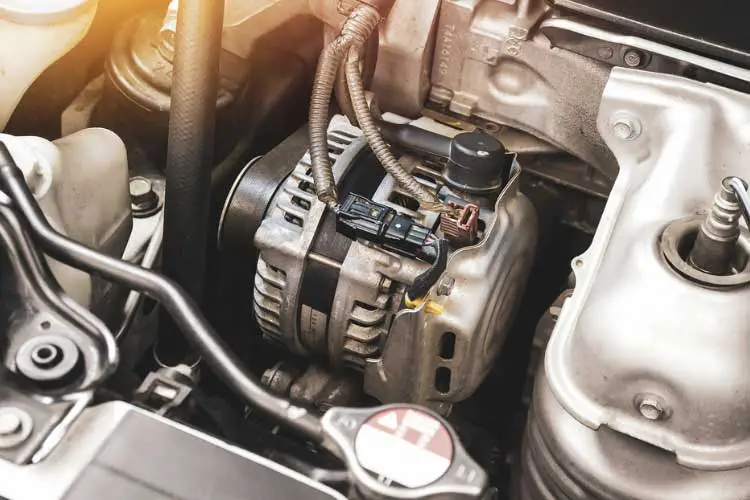
Emergency Alternator Repairs
While driving without a working alternator is a temporary solution, it’s essential to remember that it’s not a permanent fix. If you’re mechanically inclined and have the necessary tools, there are some temporary repairs you can attempt to get you to a safe location or repair shop:
Belt Replacement
A broken or slipping alternator belt can cause the alternator to stop working. If you can access the belt and have a spare on hand, replacing it may restore the alternator function temporarily.
Battery Charging
Carry a portable battery charger or jumper cables. If your battery is still in decent condition, a jump start from another vehicle or a portable charger can provide enough power to continue driving.
Check for Loose Connections
Sometimes, loose or corroded electrical connections can mimic alternator failure. Inspect the connections at the alternator, battery, and starter for any signs of damage or disconnection.
When to Seek Professional Help
Temporary repairs are just that – temporary. While they may get you to a safer location, you should always seek professional assistance to diagnose and repair the alternator properly. Continuing to drive without a functioning alternator will eventually result in a dead battery and leave you stranded.
Towing and Getting Repairs
If you’re unable to make temporary repairs or if your battery is completely depleted, it’s time to consider towing your vehicle to a repair shop. Here’s what you should do:
Determine the Nearest Repair Shop
Use a smartphone or GPS to locate the nearest repair shop or mechanic. It’s best to choose a facility that specializes in your vehicle’s make and model if possible.
Contact a Towing Service
Call a reputable towing service to transport your vehicle to the repair shop. Provide them with your exact location and any relevant details about your vehicle’s condition.
Be Prepared for Costs
Towing services come with a price, so be prepared to pay for this service. It’s also a good idea to inquire about the cost of alternator repairs or replacement before authorizing the work.
Preventive Measures
Driving without an alternator is far from ideal, so it’s essential to take preventive measures to avoid finding yourself in this situation:
1. Regular Maintenance
Regular vehicle maintenance is key to preventing alternator failures. Have your alternator and electrical system inspected during routine service appointments.
2. Extend Alternator Life
Keep your alternator in good condition by avoiding overloading the electrical system and addressing any warning signs of trouble promptly.
3. Battery and Electrical System Checks
Regularly test your battery’s condition and check for loose or corroded electrical connections. A well-maintained battery is less likely to fail.
Conclusion
In the world of automotive repair, knowledge is power. Understanding the basics of your vehicle’s alternator and recognizing the signs of failure can help you make informed decisions when faced with alternator trouble. While driving without a working alternator is possible for a short time, it’s not a long-term solution. Your best action is to drive cautiously, make temporary repairs if possible, and seek professional assistance to diagnose and fix the underlying issue. Remember, proper maintenance and preventive measures can go a long way in preventing alternator failures and ensuring a smoother ride on the road.
FAQ:
How long can a car run on a battery without an alternator?
The distance can vary but typically ranges from 15 to 150 miles depending on factors like battery condition and electrical load.
Is it okay to drive without an alternator?
It’s not recommended. While possible for a short distance, driving without an alternator can lead to a dead battery and potential breakdown.
How far can you drive in a vehicle with no alternator?
The distance varies based on battery health and usage but is generally limited, and seeking repairs or assistance is advisable.
How quickly can an alternator go out?
The lifespan of an alternator varies, but it can fail suddenly due to various factors like wear, electrical issues, or component failure.

